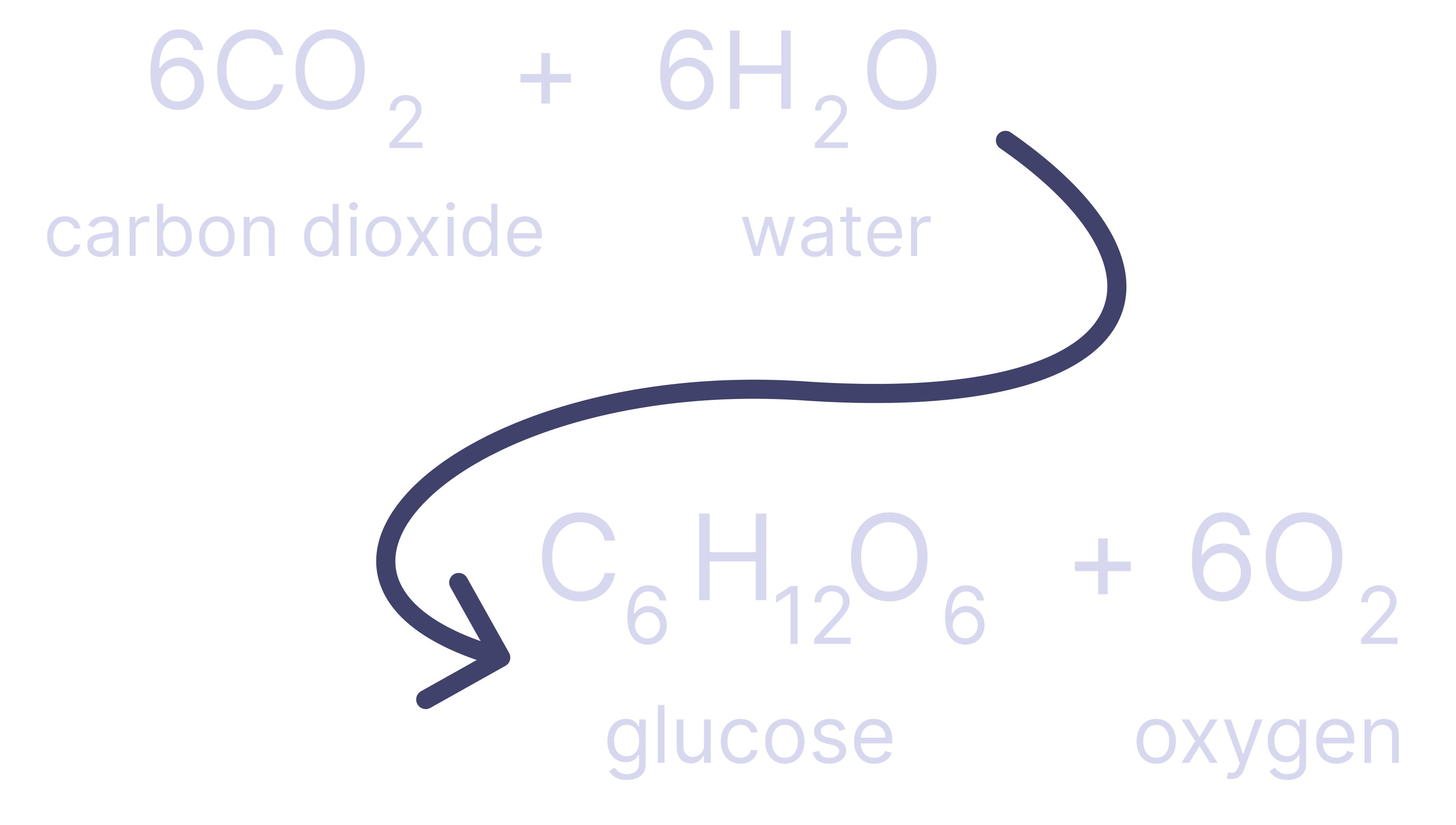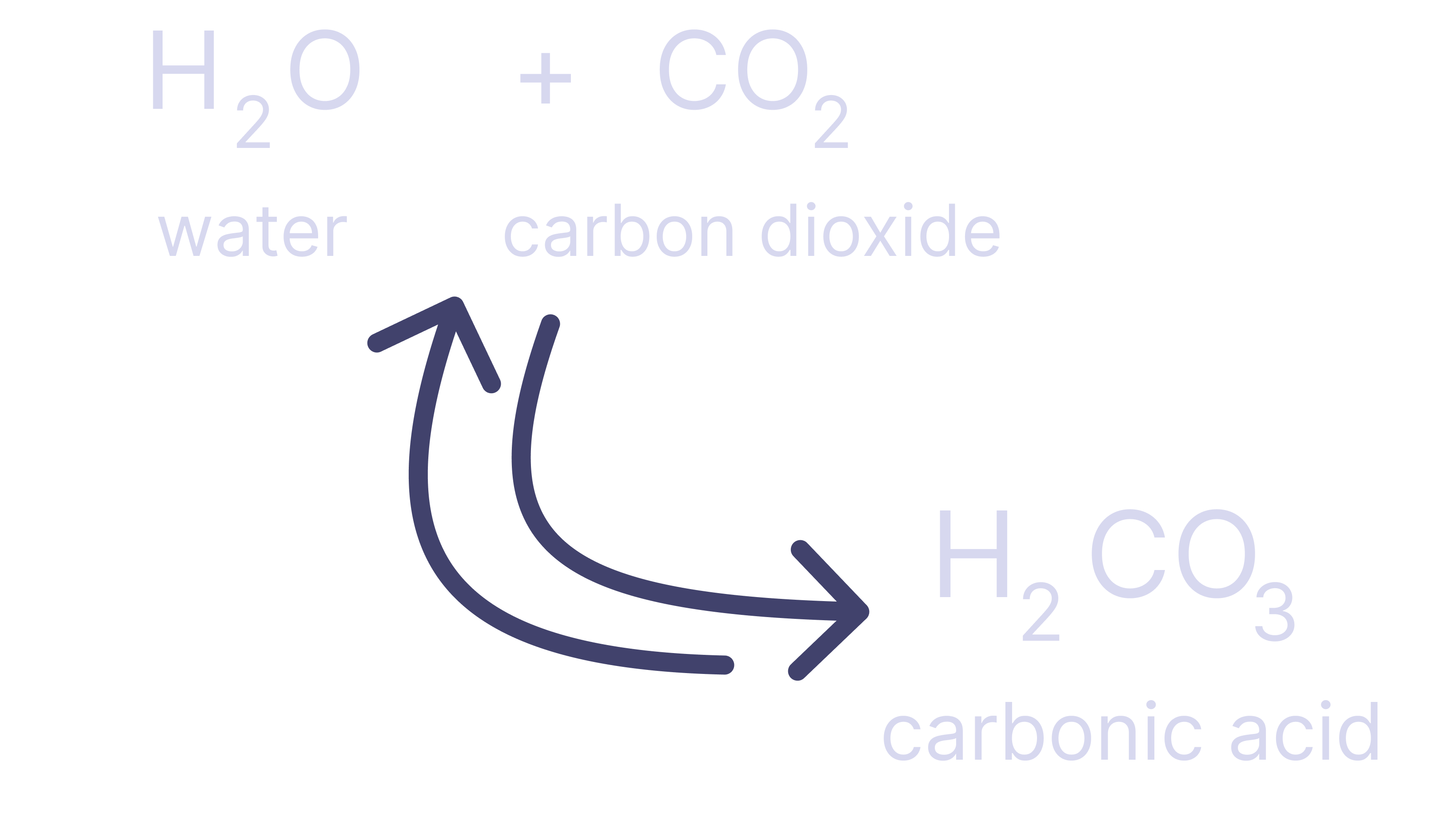Understanding CO2: Its Impact and Monitoring
What is CO2?
- Chemical Composition:CO2 is a chemical compound composed of two oxygen atoms bonded to a single carbon atom.
- Natural Occurrence:It is a naturally occurring gas in Earth's atmosphere, constituting approximately 0.04% (400 parts per million) of the atmosphere's composition. This vital greenhouse gas plays a fundamental role in maintaining the planet's temperature by trapping outgoing infrared radiation, thus preventingexcessive heat from escaping into space. It is released by decomposition, methane oxidation, volcanic activity, wildfires ocean release, and respiration in living organisms.
What does CO2 do?
In the Air
Reaction with Sunlight:In the atmosphere, CO2 does not undergo direct chemical reactions with air components. However, it plays a crucial role in the greenhouse effect. Sunlight passes through the atmosphere and reaches the Earth's surface. The Earth then emits infrared radiation, and CO2 in the atmosphere absorbs and re-emits some of this radiation, trapping heat and warming the planet.With Plants & Earth
Photosynthesis: Plants use CO2 during photosynthesis to produce glucose and oxygen. In the presence of sunlight, chlorophyll in plant cells captures CO2 from the air and water from the soil, converting them into glucose and oxygen.
With Water
Carbonation: CO2 dissolves in water to form carbonic acid (H2CO3). This reaction is reversible, and carbonic acid can dissociate back into CO2 and water. Oceans act as a sink for CO2, absorbing a significant amount, but this process can lead to ocean acidification.
With Fire
Fire Extinguishing: CO2 can be used in fire extinguishers. In the presence of a fire, the introduction of CO2 displaces oxygen, which is essential for combustion. By reducing the concentration of oxygen, CO2 helps suppress the fire without supporting its continuation.
How is it monitored?
- Ground-Based Monitoring Stations: Ground-based stations are strategically located worldwide to measure CO2 levels in the atmosphere. These stations usehigh-precision instruments, such as gas analyzers, to sample air and quantify the concentration of CO2. Mauna LoaObservatory in Hawaii is one well-known location for such measurements.
- Aircraft-Based Measurements: Aircraft equipped with CO2 sensors are used to collect air samples at different altitudes. This allows scientists to study vertical profiles of CO2 concentrations and understand variations in different layers of the atmosphere.
- Satellite Observations:Satellites equipped with remote sensing instruments can monitor CO2 levels from space. These satellites can provide a global perspective on CO2 distribution and help identify regional sources and sinks. NASA's Orbiting Carbon Observatory (OCO) is an example of a satellite dedicated to monitoring CO2 levels.
- Ocean Buoy Systems: Ocean buoy systems equipped with CO2 sensors are deployed in marine environments to measure CO2 levels in surface waters. This helps scientists understand the role of the oceans in absorbing and releasing CO2.
- Mobile Monitoring: Mobile platforms, such as cars, airplanes, and ships, can carry CO2 monitoring equipment to study localized variations. This is particularly useful for understanding emissions from specific regions or point sources.
- Flux Towers: Flux towers are tall structures equipped with sensors that measure the exchange of CO2 between the surface and the atmosphere. These towers are often located in ecosystems like forests and croplands to study carbon flux.
- Ice Core Analysis:Ice cores from polar regions contain trapped air bubbles that provide historical records of past atmospheric CO2 concentrations. Analyzing these cores helps scientists reconstruct CO2 levels over thousands of years.
- Mauna Loa Keeling Curve:The Mauna Loa Observatory in Hawaii has been monitoring atmospheric CO2 since the late 1950s, providing the iconic Keeling Curve. This continuous record illustrates the rise in CO2 levels over time and is a fundamental dataset for climate scientists.
Current research on CO2 Emissions
- Researchers worldwide are actively engaged in studying the sources, impacts, and potential solutions for CO2 emissions. This includes exploring alternative energy sources, promoting sustainable practices in various industries, and developing technologies for capturing and storing CO2. Additionally, studies are focused on understanding the long-term consequences of elevated CO2 levels on biodiversity, ecosystems, and human health, aiming to inform policymakers and the public about the urgency of taking collective action to curb CO2 emissions and limit global warming.
What else influences our Environment ?
- Apart from CO2 emissions, various other factors significantly impact the environment. These include pollutants such as methane, nitrous oxide, and other greenhouse gases, as well as deforestation, industrial waste, and the overexploitation of natural resources. Additionally, human activities like urbanization, agriculture, and transportation contribute to air, water, and soil pollution, leading to biodiversity loss, habitat destruction, and negative health consequences for both humans and wildlife. Understanding and addressing these interconnected environmental issues are crucial for ensuring a sustainable and healthy planet for future generations.
CO2 Equivalents
- CO2 equivalents (CO2e) are a metric used to compare the global warming potential of various greenhouse gases to that of CO2 over a specified timeframe. This metric enables scientists and policymakers to assess the overall impact of different greenhouse gases on climate change. By converting the emissions of other greenhouse gases into CO2 equivalents, it becomes easier to evaluate and compare the relative contributions of different gases to global warming, facilitating the development of effective mitigation strategies and policies to reduce overall greenhouse gas emissions.